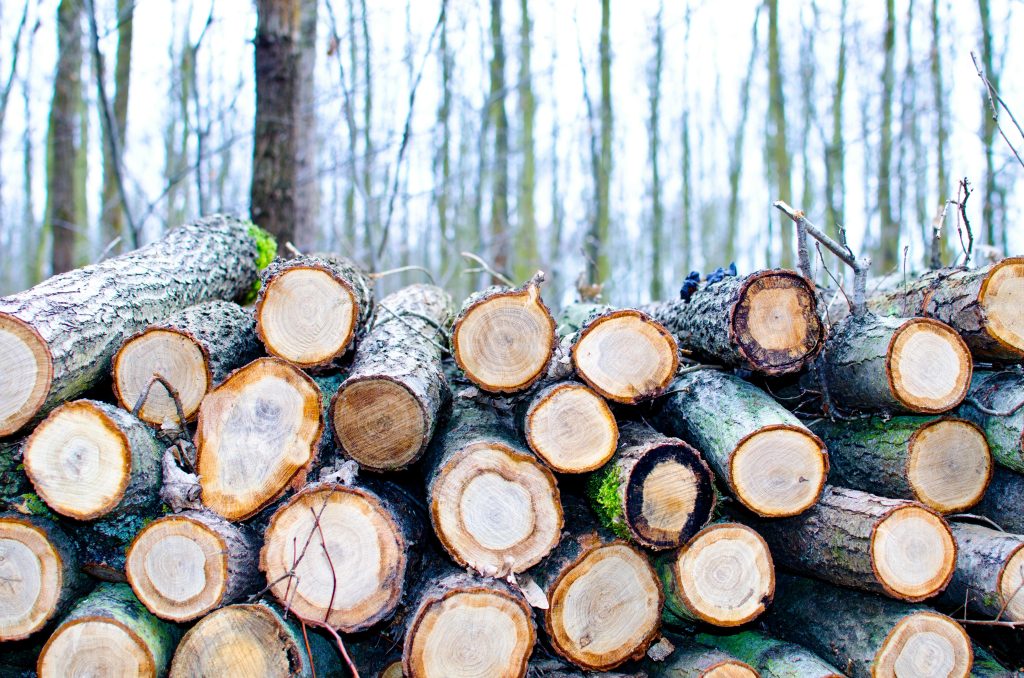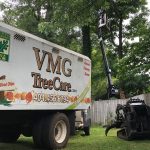Caring for the trees in your yard might seem like a straightforward task, but common DIY tree care mistakes can have lasting negative impacts. Understanding these pitfalls and how to avoid them can save you time, money, and ensure your trees remain healthy and beautiful for years to come.
Over-Pruning: More Harm Than Good
One of the most frequent errors in tree maintenance is over-pruning. Removing too much of a tree at once can significantly weaken it, leaving it vulnerable to disease and stunting its growth. Generally, it’s recommended not to remove more than 15-20% of a tree’s canopy at one time. To avoid over-pruning, focus on removing only dead or diseased branches and any that cross or rub against others.
Water Wisely: The Balancing Act
Improper watering, whether too much or too little, can lead to serious problems for trees. Overwatering can suffocate tree roots and lead to root rot, while underwatering, especially during drought conditions, can stress the tree and make it more susceptible to disease. The key is to water deeply but infrequently, allowing the soil to dry out somewhat between watering sessions. This encourages deep root growth and overall tree health.
The Right Tools for the Job
Using the wrong tools, or tools that are dull and poorly maintained, can cause unnecessary damage to your trees. Dull pruning shears can create jagged cuts that are more vulnerable to infection. Make sure your cutting tools are sharp and clean, and use the appropriate tool for the size and type of branch you are cutting. For larger branches, a saw might be necessary, while hand pruners may be adequate for smaller limbs.
Planting Pitfalls: Depth and Spacing
Many tree problems originate at planting. Planting a tree too deeply can suffocate its roots and lead to poor growth and even death. Trees should be planted so that the top of the root ball is level with or slightly above ground level. Additionally, providing enough space for the mature size of the tree is crucial to avoid overcrowding and competition for resources.
Seasonal Care: Meeting Year-Round Needs
Each season presents unique challenges and care requirements for trees. In the spring, mulching and fertilizing can promote healthy growth. During the summer, adequate watering is crucial. Fall is a good time for a health inspection and pruning before the harsh winter. Finally, protecting trees from freezing temperatures and harsh conditions in the winter is vital. Each tree species may have different needs, so understanding these can help you provide the best care throughout the year.
Vigilance Against Diseases and Pests
Early detection of diseases and pests can make a significant difference in the potential recovery of affected trees. Regularly inspect your trees for signs of distress, such as unusual leaf discolorations, dieback, or the presence of insects. Some issues can be managed through DIY methods, such as removing affected branches or applying natural pesticides. However, for more serious infestations or diseases, it may be necessary to call in a professional arborist.
Proper tree care is about more than just aesthetics; it’s about promoting the health and longevity of your trees. By avoiding these common DIY mistakes, you can ensure your trees thrive, enhancing your property’s value and environmental quality. Remember, when in doubt, consulting with a professional can provide the guidance necessary to care for your trees correctly.
If you’re unsure about tackling tree care on your own or need professional assistance, VMG Tree Care is here to help. Our team of certified arborists brings expertise and precision to every job, ensuring your trees are cared for with the utmost professionalism and environmental stewardship. For more information on our services or to schedule a consultation, visit us at VMG Tree Care. Let us help you keep your trees healthy, safe, and beautiful year-round.



